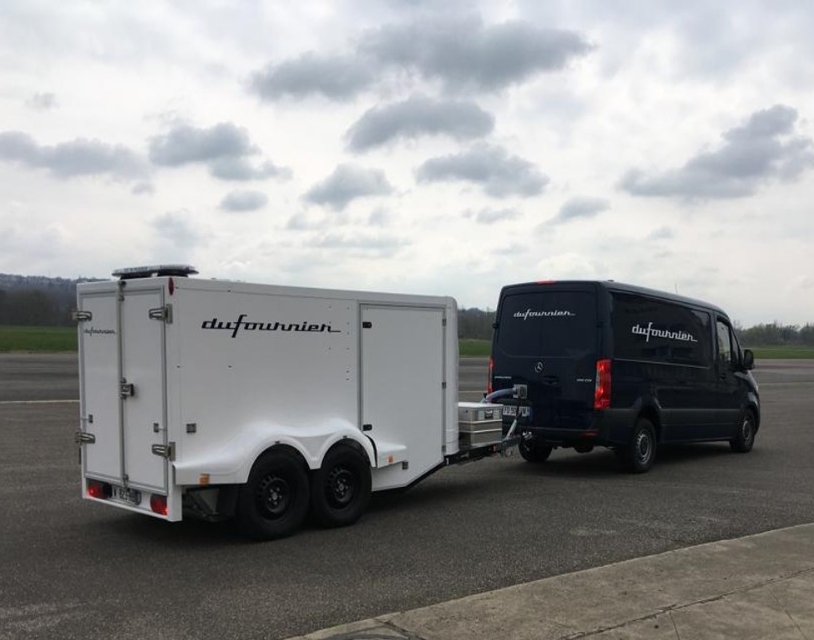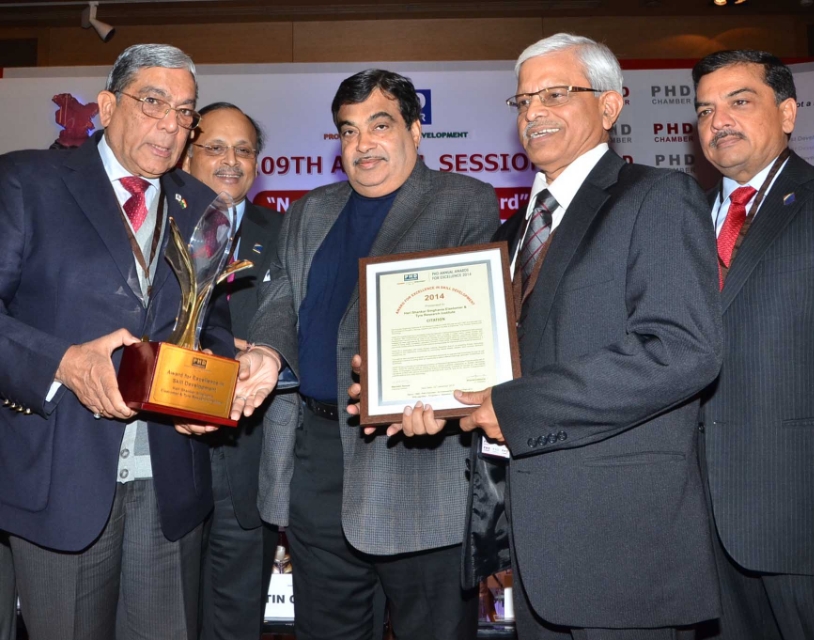Atomic Force Microscopy (AFM)
HASETRI offers a high-end equipment to obtain 2D and 3D images along with the probing system by discovering various topographic and spectroscopic information of the samples (polymers, ceramics, biomaterials etc.)
AFM is method of choice for examining surface/blend morphology, roughness, force spectroscopy,
adhesion energy by using some of the standard imaging techniques like Non-contact, contact and tapping modes in
air or liquid medium. Some of the localised mechanical properties like young’s modulus, hardness can be obtained
with the help of nano-indentor and some special properties like magnetic and electric properties can also be
determined.
Modes
Application
- Force Modulation Microscopy (FMM): FMM images can provide information related to the
mechanical
properties of a sample, such as elasticity, adhesion force, and friction. It can also distinguish
the variations in the composition of a sample.
- Electrostatic Force Microscopy (EFM): It is a technique used to map electric properties such
as
surface potential and charge distribution on a sample surface
- Magnetic Force Microscopy (MFM): MFM is a technique used to map magnetic properties of a
sample.
- Pin Point Mode: It provides information regarding the surface morphology as well as the
quantitative
nanomechanical properties (i.e., modulus, adhesion, deformation and dissipation) of the sample.
- Heating & cooling stage: It is designed to provide controlled heating or cooling of the dry
samples.
It is useful to determine the change in mechanical properties or the morphology at controlled
temperature.
- Liquid Probe Stage: This stage helps to determine the morphological change of the samples
when it is immersed in the liquid cell.








